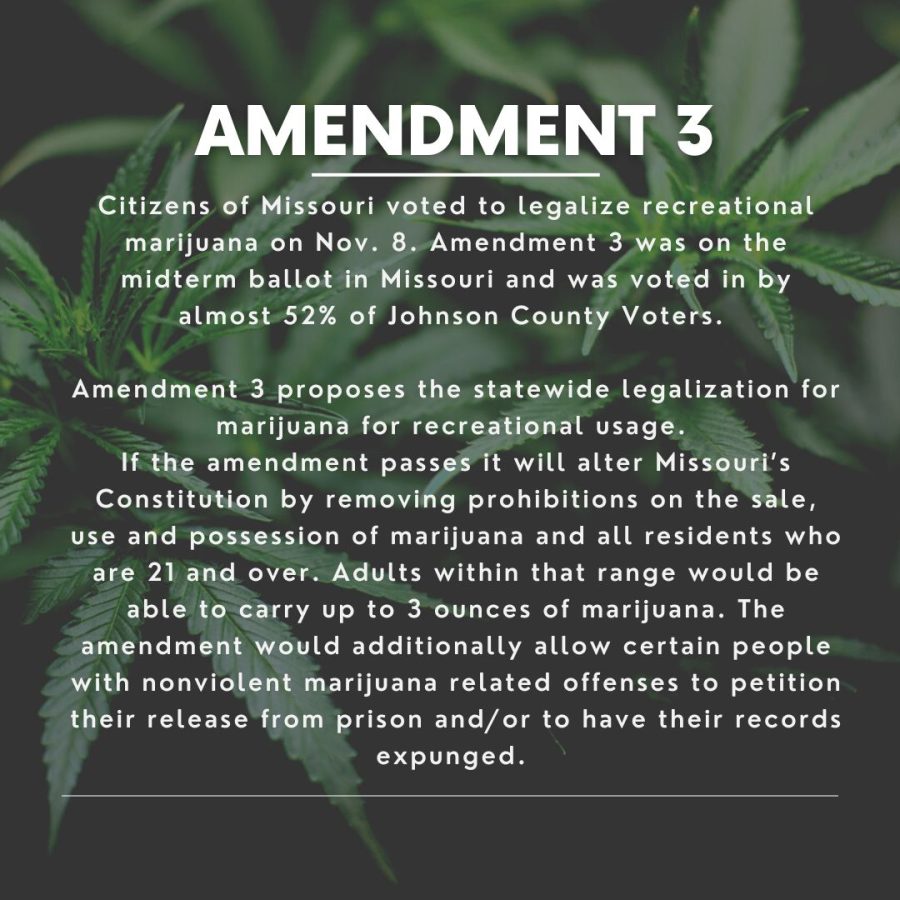By MARY CLARE JALONIC
(WASHINGTON, AP) — American agriculture has experienced a boom, with market values of crops, livestock and total agricultural products reaching record highs even as the amount of U.S. farmland declined, according to a new government survey.
Continuing a long-term trend, the number of U.S. farms dropped to 2.1 million in 2012, about a 4 percent drop from five years earlier. But some of the bigger farms got bigger. The average farm grew from 418 to 434 acres.
The state with the most farms: Texas, which saw the number of farms increase slightly over the five years. Still, it lost about 200,000 farmland acres over the same period.
The survey, taken every five years and released Thursday, shows some growth in nontraditional elements of agriculture. While the industry is still overwhelmingly white, there’s been a rise in the number of minority-operated farms. And there are more farms in New England and many states in the Mountain West, while that number has declined in many states in traditional farm country.
In Connecticut, for example, the number of farms jumped by 22 percent over the five years.
George Krivda, legislative program manager at the state Department of Agriculture, attributes the increase in part to rising demand for locally grown food. “All of it is great, and it all speaks to the average consumer who’s more in touch with where food comes,” he said.
All told, U.S. farms sold nearly $395 billion in products in 2012, a third more than five years earlier. That averaged to about $187,000 per farm — or an increase of $52,000 over 2007 totals.
In Montana, Department of Agriculture Director Ron de Yong said crop prices have fallen since 2012. “It’s part of the cycle, and we should cycle back up again,” he said.
While most of farm country is getting older — the average farmer is 58.3 years old — more people under the age of 34 are trying their hand at farming.
Agriculture Secretary Tom Vilsack says the small boost in the number of younger farmers — around 2 percent — is partly due to increased interest and government support for locally grown foods and a thriving export market. Many younger farmers work at smaller operations, where the good farm economy and a rising consumer interest in where food is grown have helped them.
He said he wants farm country to “be aggressive” about recruiting and retaining younger people, as a third of farmers were older than 65 in 2012.
“The reality is, over time those folks won’t be able to continue farming, and the question for all of us is, if they don’t, who will?” Vilsack said after the report was released.
Vilsack has made the revitalization of rural America a priority at USDA. As people have moved to suburbs and cities, many communities have increasing poverty and fewer young people to take over family farms. He has also argued that the dwindling population has led to less political clout — made evident by a recent three-year congressional struggle to enact a new farm bill. President Barack Obama signed the bill, which provides farm subsidies and food stamps, into law earlier this month.
“My question is not just who is going to farm, but who is going to defend them?” Vilsack said.
Vilsack said he is most concerned about the survival of middle-sized farms, which declined in the last five years. The number of larger and smaller farms mostly held steady.
He said he believes that decline partly came from a lapse in disaster assistance while Congress haggled over the farm bill, drought in many states and rising feed costs.
Ideally, he said, many of the younger farmers who are working on smaller farms will eventually expand their operations.
One area of growth for agriculture is farms that are minority-operated. The number of farms operated by Hispanics, African-Americans, American Indians and Asians all grew between 2007 and 2012, and the number of Hispanics who were principal operators of farms grew by 21 percent. Still, farm country remains overwhelmingly white — 92 percent of farms are operated by whites, while less than 64 percent of the general population is white and the minority population is growing.
Similarly, only 14 percent of farms are operated by women, and more than 90 percent of those were smaller farms.
The survey also found:
— Most U.S. farms are small: 75 percent had sales of less than $50,000 in 2012.
— New England, Texas, Florida and many states in the Mountain West saw increases in the number of farms and some saw an increase in farmland. Many Midwestern, Southern and mid-Atlantic states saw decreases. Vilsack said much of the growth in those states comes from an increase in specialty crops, mostly fruits and vegetables, that are increasingly popular with consumers.
— The 10 states with the most farms are Texas, Missouri, Iowa, Oklahoma, California, Kentucky, Ohio, Illinois, Minnesota and Wisconsin. Only Ohio is new to the list since 2007.
The state with the most farms: Texas, which saw the number of farms increase slightly over the five years. Still, it lost about 200,000 farmland acres over the same period.
The survey, taken every five years and released Thursday, shows some growth in nontraditional elements of agriculture. While the industry is still overwhelmingly white, there’s been a rise in the number of minority-operated farms. And there are more farms in New England and many states in the Mountain West, while that number has declined in many states in traditional farm country.
In Connecticut, for example, the number of farms jumped by 22 percent over the five years.
George Krivda, legislative program manager at the state Department of Agriculture, attributes the increase in part to rising demand for locally grown food. “All of it is great, and it all speaks to the average consumer who’s more in touch with where food comes,” he said.
All told, U.S. farms sold nearly $395 billion in products in 2012, a third more than five years earlier. That averaged to about $187,000 per farm — or an increase of $52,000 over 2007 totals.
In Montana, Department of Agriculture Director Ron de Yong said crop prices have fallen since 2012. “It’s part of the cycle, and we should cycle back up again,” he said.
While most of farm country is getting older — the average farmer is 58.3 years old — more people under the age of 34 are trying their hand at farming.
Agriculture Secretary Tom Vilsack says the small boost in the number of younger farmers — around 2 percent — is partly due to increased interest and government support for locally grown foods and a thriving export market. Many younger farmers work at smaller operations, where the good farm economy and a rising consumer interest in where food is grown have helped them.
He said he wants farm country to “be aggressive” about recruiting and retaining younger people, as a third of farmers were older than 65 in 2012.
“The reality is, over time those folks won’t be able to continue farming, and the question for all of us is, if they don’t, who will?” Vilsack said after the report was released.
Vilsack has made the revitalization of rural America a priority at USDA. As people have moved to suburbs and cities, many communities have increasing poverty and fewer young people to take over family farms. He has also argued that the dwindling population has led to less political clout — made evident by a recent three-year congressional struggle to enact a new farm bill. President Barack Obama signed the bill, which provides farm subsidies and food stamps, into law earlier this month.
“My question is not just who is going to farm, but who is going to defend them?” Vilsack said.
Vilsack said he is most concerned about the survival of middle-sized farms, which declined in the last five years. The number of larger and smaller farms mostly held steady.
He said he believes that decline partly came from a lapse in disaster assistance while Congress haggled over the farm bill, drought in many states and rising feed costs.
Ideally, he said, many of the younger farmers who are working on smaller farms will eventually expand their operations.
One area of growth for agriculture is farms that are minority-operated. The number of farms operated by Hispanics, African-Americans, American Indians and Asians all grew between 2007 and 2012, and the number of Hispanics who were principal operators of farms grew by 21 percent. Still, farm country remains overwhelmingly white — 92 percent of farms are operated by whites, while less than 64 percent of the general population is white and the minority population is growing.
Similarly, only 14 percent of farms are operated by women, and more than 90 percent of those were smaller farms.
The survey also found:
— Most U.S. farms are small: 75 percent had sales of less than $50,000 in 2012.
— New England, Texas, Florida and many states in the Mountain West saw increases in the number of farms and some saw an increase in farmland. Many Midwestern, Southern and mid-Atlantic states saw decreases. Vilsack said much of the growth in those states comes from an increase in specialty crops, mostly fruits and vegetables, that are increasingly popular with consumers.
— The 10 states with the most farms are Texas, Missouri, Iowa, Oklahoma, California, Kentucky, Ohio, Illinois, Minnesota and Wisconsin. Only Ohio is new to the list since 2007.





